The land of marine hunters: How Chukotkan Eskimos make their living
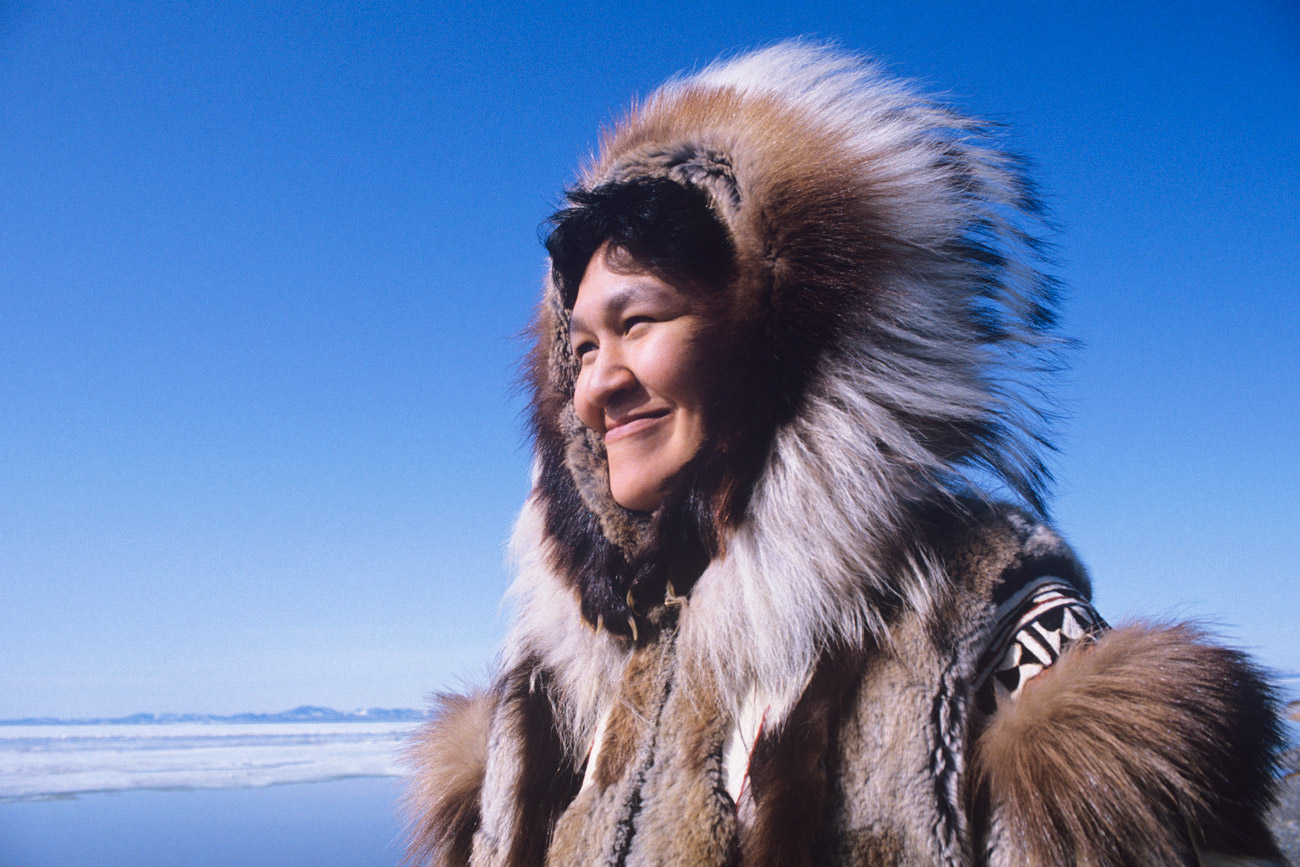
These Eskimos live in a world where civilization and nature are the same place, and a man can easily be kidnapped by a raven or turn into a wolf. No, these people aren’t mythical - they’re perfectly real.
Legion-Media‘The local weather is bad one month a year, very bad two months a year and horrible for the remaining nine months,’ the inhabitants of coastal areas of Chukotka like to joke about their climate. Their settlements are scattered across the polar tundra with its long winters and short, cold summers – no warmer than 10–15 °С – and linked only by a dirt track. Transportation is limited to snowmobiles, all-terrain vehicles, boats and aircrafts. This land is inhabited by an indigenous people of the Chukotkan coast – Eskimos, or sea mammal hunters.
 Photo credit: Legion-Media
Photo credit: Legion-Media
Around 1700 people, the population of Russian Eskimos is quite small. They belong to the group of Asian Eskimos, or Siberian Yupiks. Chukotkan Eskimos are related to the Eskimos from St. Lawrence Island in Alaska. They speak the same language and pay visits to each other by boat across the sea. St. Lawrence Island is located 60 kilometers away from Chukotka and is visible from the shore in good weather.
When you have eaten, feed your spirits
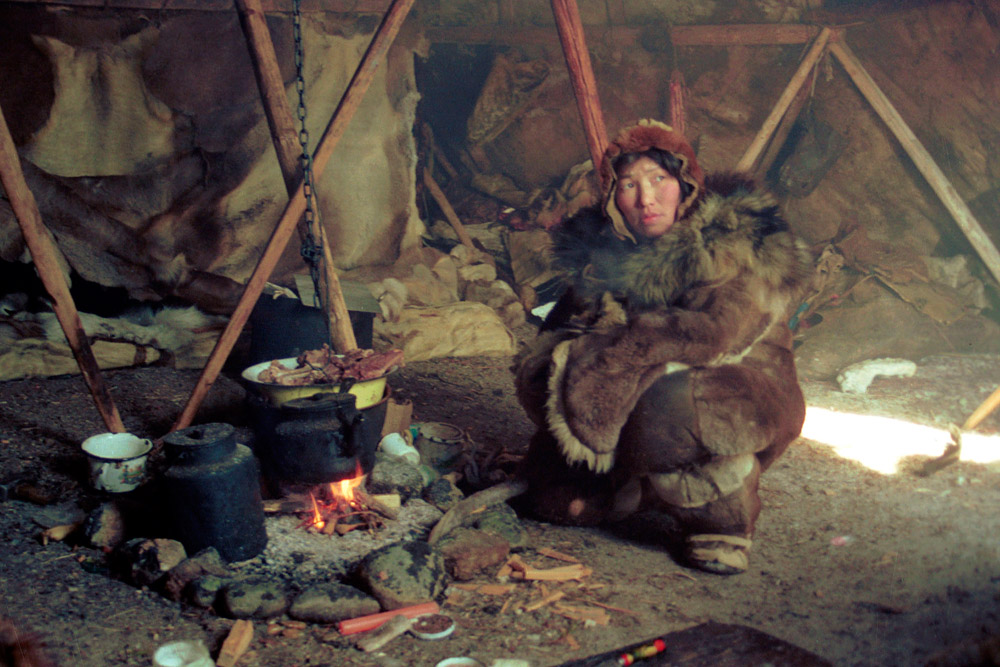 Photo credit: TASS/Konstantin Lemeshev
Photo credit: TASS/Konstantin Lemeshev
Alaskan and Chukotkan Eskimos are linked by numerous blood ties, but their religious beliefs are different. The Alaskan Eskimos have been converted to Christianity, whereas many Eskimos of the Chukotkan coast identify as pagans. They profess animism, a belief that every object – stones, grass and the earth itself – has a soul.
The spirits of their ancestors and of the land are a constant, invisible presence in their lives. Differences in religious beliefs often lead to conflicts between Alaskan and Chukotkan Eskimos. The former berate their neighbors for worshiping demons, whereas the latter resent the Alaskans for abandoning the faith of their common ancestors.
The daily life of Chukotkan Eskimos includes feeding spirits as a necessary activity. Whenever an Eskimo is eating, he or she throws a tiny bit of food into the air, or spills a drop of tea. This ritual is called akh-k-yshak (or akh-k-uak) – ‘everyday offering.’
Eskimos believe that in the afterlife, people need food as well. If they pass an abandoned village, they feed the local spirits, the souls of the people who used to live there.
When an Eskimo asks the spirits to cure a disease or begs for good weather, so as to fly to the mainland, he or she throws beads into the air as a ritual offering to the spirits.
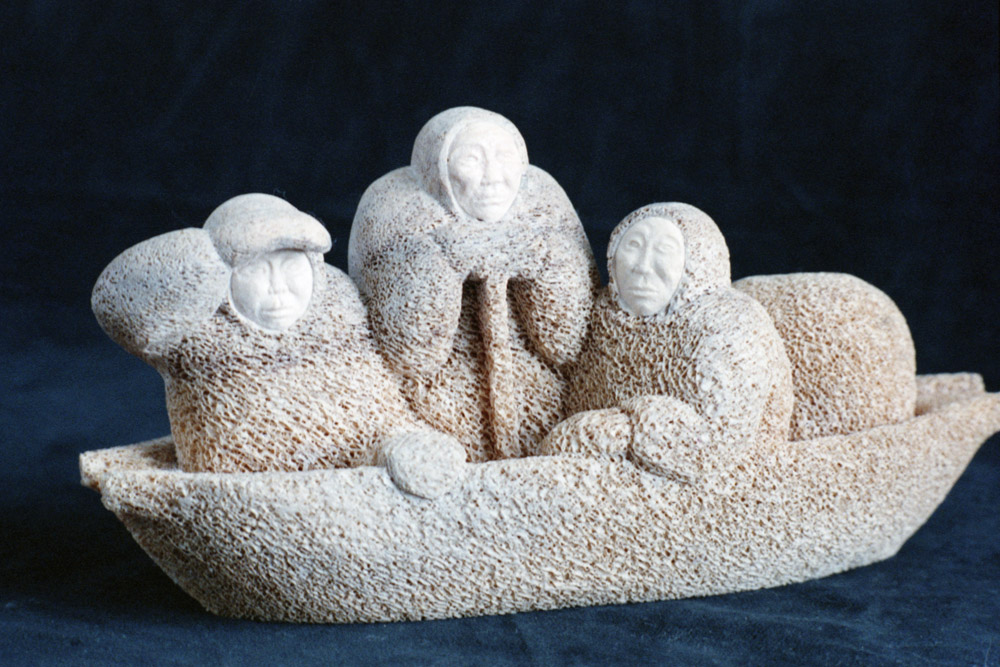 Photo credit: TASS/Valentin Kuzmin
Photo credit: TASS/Valentin Kuzmin
The exotic religious outlook of Chukotkan Eskimos is reflected in their folk tales, strange to a European reader, but fascinatingly beautiful. In their universe, there are no borders between culture and nature, animals and people, the dead and the living: A man turns into a wolf or a seal, marries a wolverine or gets kidnapped by a raven.
‘The worldview of indigenous peoples is not an alternative interpretation of the world as we see it; it is a different reality altogether, where the barrier between nature and culture is nonexistent. The world of animals, plants and the elements of nature blends with the world of humans, and vice versa,’ explains Dmitry Oparin, an ethnologist at Moscow State University.
Traditional cooking for the stout-hearted
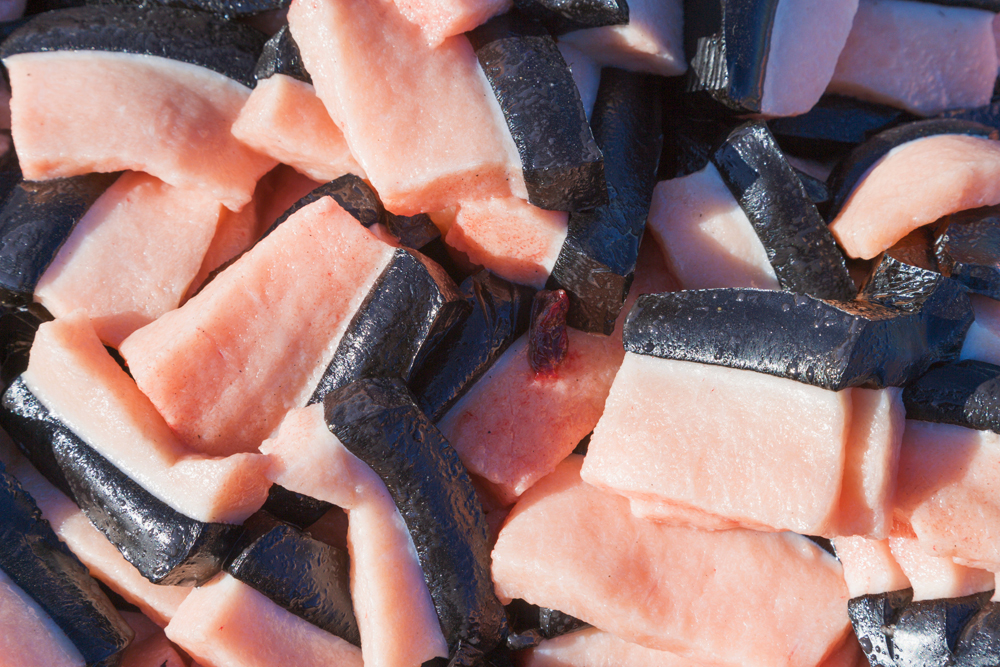 Photo credit: Vostock-Photo
Photo credit: Vostock-Photo
Eskimos are one of the few peoples in Russia who are authorized to hunt sea mammals. They are allowed to harpoon three to five whales a year and to shoot ringed seals, walruses and bearded seals.
One of the local delicacies is strongly fermented, semi-rotten walrus meat. Another delicacy is mantak – raw walrus fat and skin. Eskimos also eat raw tracheas, hearts and livers of walruses and seal meat.
Meat is procured by hunters, but hunter families share it with their relatives. Others buy or borrow meat from hunters. Deer meat is bought from Chukotkan deer herders.
Eskimos enrich their diet by foraging. Berries and plants are an important source of vitamins. Crowberries (berries of an evergreen shrub) are stored frozen and used as stuffing for duck stomach, as garnish for rabbit meat or in jams. A dish particularly rich in vitamin С is nunivak – pickled, frozen golden root leaves.
Keeping traditions is a hunter's responsibility
 Photo credit: Legion-Media
Photo credit: Legion-Media
The traditional Eskimo ways are maintained by hunters' families. In their speech, they use Eskimo hunting terms and expressions; they know sacred places and the territory of the tundra; they cook traditional food and perform ritual practices to ensure the spirits' benevolence with regard to their occupation.
Ethnologist Dmitry Oparin points out that Eskimos view leaving the settlement as a positive event. They go out to the tundra whenever they can: to gather berries or mushrooms, to hunt and to fish in the lakes. The tundra and the sea are their home, their natural abode.
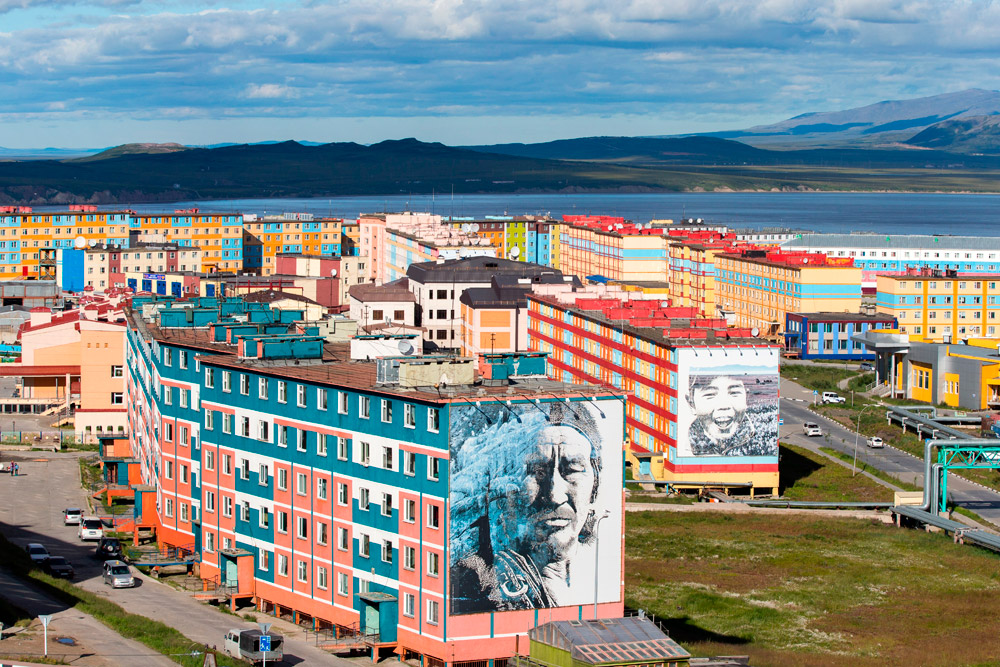 Anadyr, Chukotka's capital city. Yet the real Eskimos live in the tundra, not in the city. Photo credit: Legion-Media
Anadyr, Chukotka's capital city. Yet the real Eskimos live in the tundra, not in the city. Photo credit: Legion-Media
They do not spend time watching TV shows at home; instead, they sail out to sea or leave for hunting stations. For hunters, the village is an empty, gloomy place. Their beloved landscapes of the tundra and the sea are much more spacious, inhabited by animals and spirits, alive with legends and memories of abandoned villages.
If using any of Russia Beyond's content, partly or in full, always provide an active hyperlink to the original material.
Subscribe
to our newsletter!
Get the week's best stories straight to your inbox